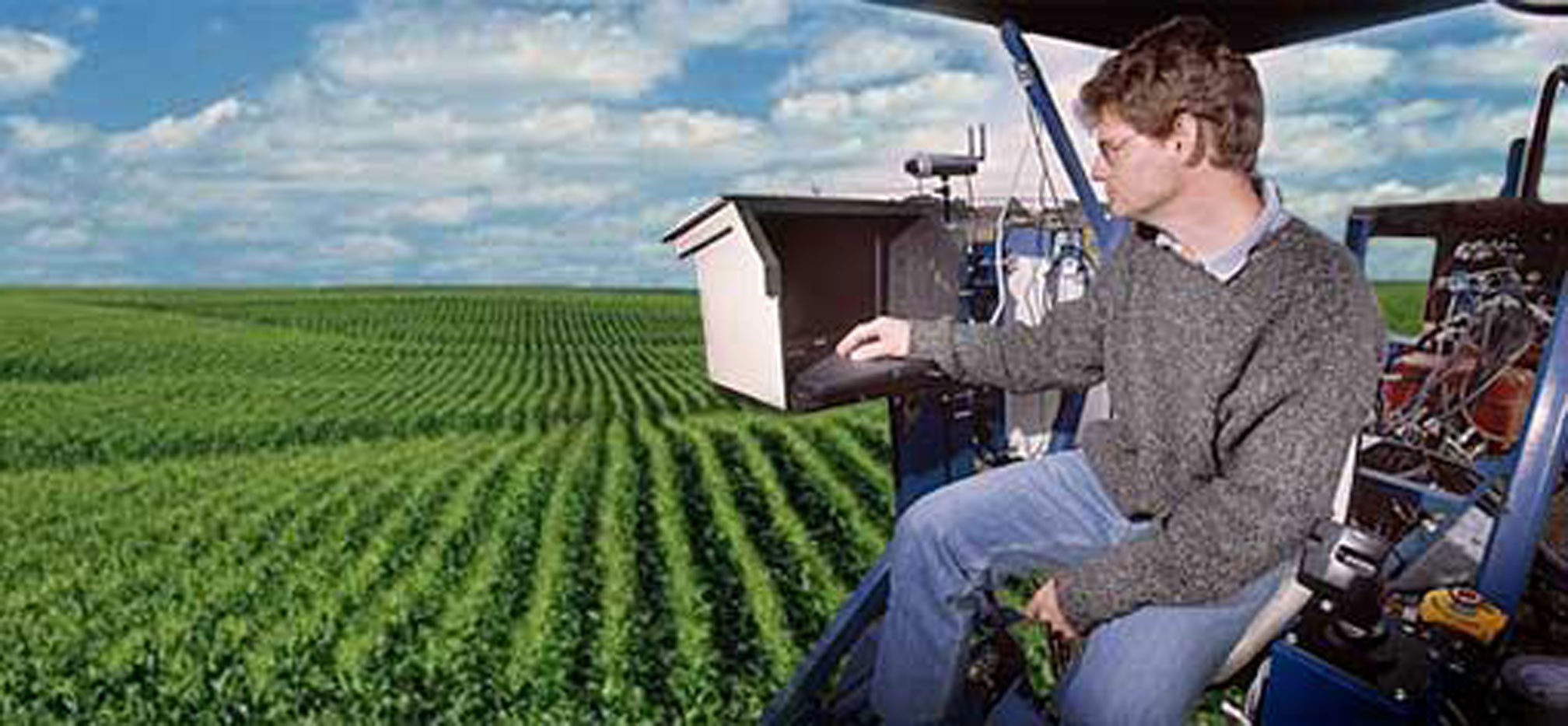An orange sun peers over the trees as green crops shimmer with morning dew. In the distance, cows are mooing. A farmer sets his coffee mug on the dashboard of his pickup, boots a laptop computer and releases his team of robots.
It sounds like science fiction, but in the not-too-distant future unmanned vehicles could perform many farming tasks, say scientists with the College of Agricultural and Environmental Sciences. They already have a prototype for a “Row-bot,” a computer-guided vehicle that can check the health of plants and fields, monitor cattle and spray for bugs.
Row-bots are the mechanical brainchild of Glen Rains, an agricultural engineer, and Stuart Pocknee, program coordinator with the National Environmentally Sound Production Agriculture Laboratory in Tifton.
“What we’d like to develop from this is an autonomous vehicle that could be fitted with various sensors and equipment that could be used to work in and remotely view a field,” Rains said.
The Row-bot now is about the size of a stripped-down mid-sized car. Standing about 3 feet off the ground on four wheels, it is guided by Global Positioning Satellite (GPS) technology, has sensors to control and monitor movements, and is connected to a computer network that allows Internet access.
A team of these row-bots could be networked together and programmed to scout fields for insect or disease damage, take soil samples or other data and report it back in real time to a farmer on a computer, Rains said. Using wireless technology, a farmer with mobile Internet access could connect with his Row-bots and see what they see through a camera attached to them. And GPS technology would allow them to work at night-virtually 24 hours a day.


